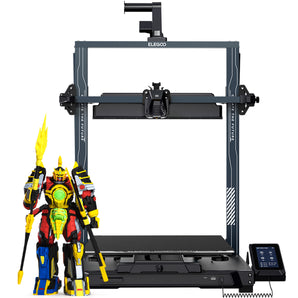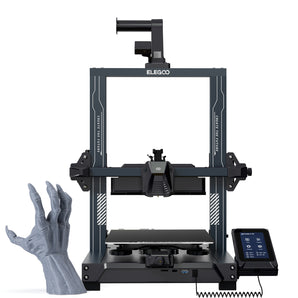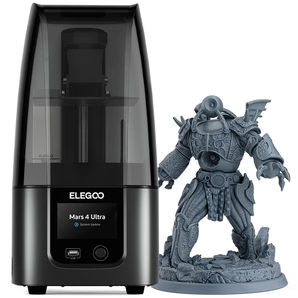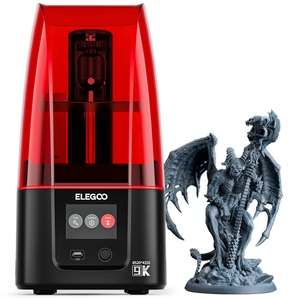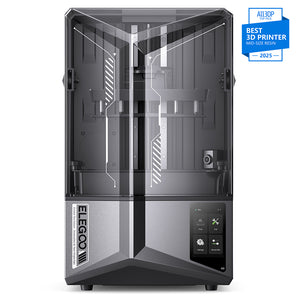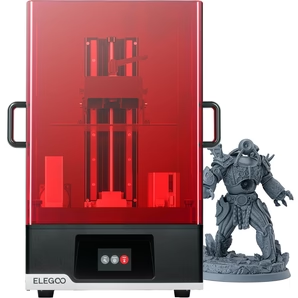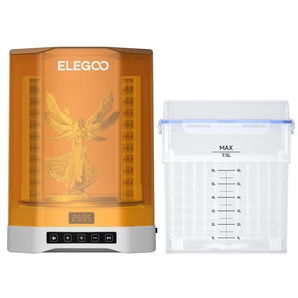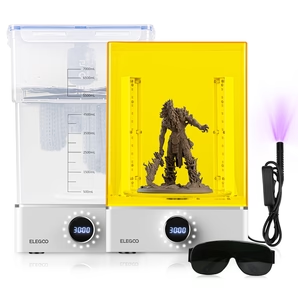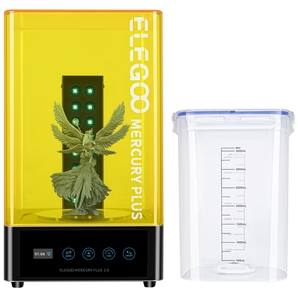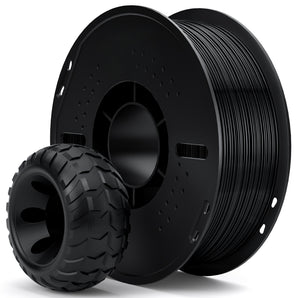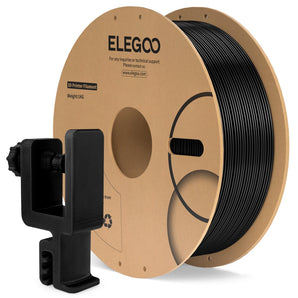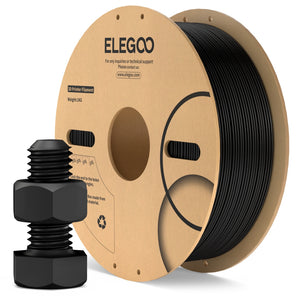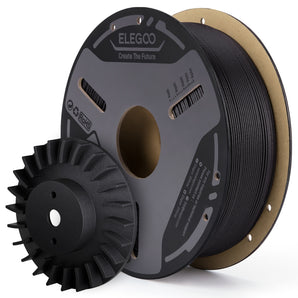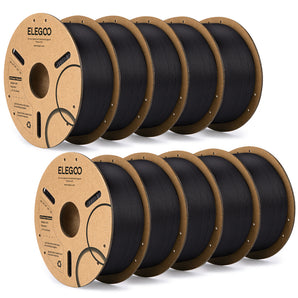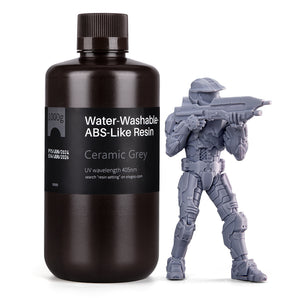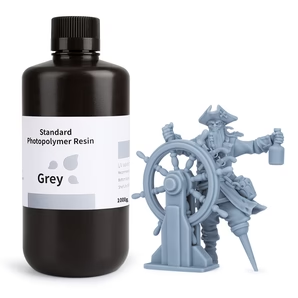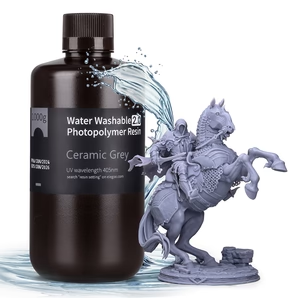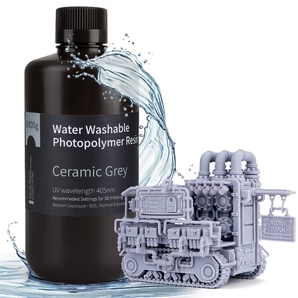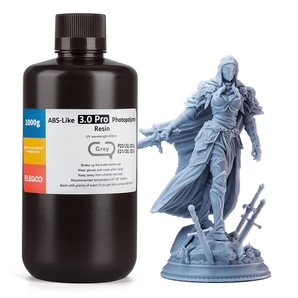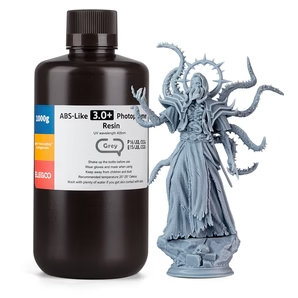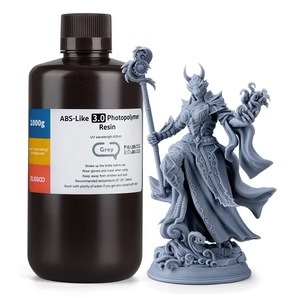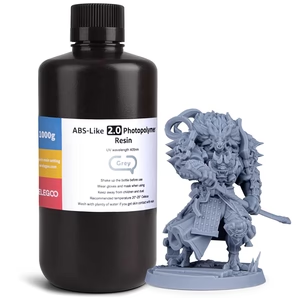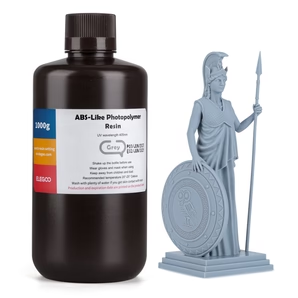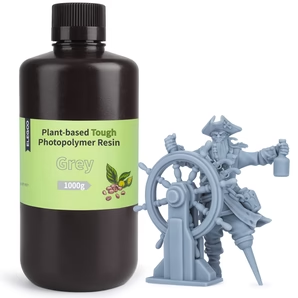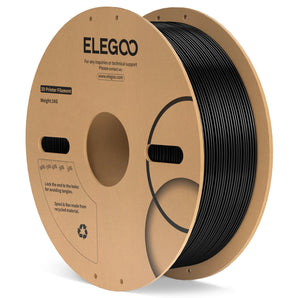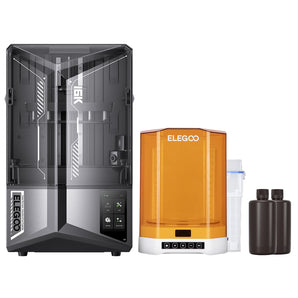3D Printing with AI
3D printing, when integrated with Artificial Intelligence (AI), elevates production precision and customization.
AI optimizes design structures, enhancing efficiency and reducing material usage, thereby addressing sustainability concerns.
However, the complexity of AI models may present a learning curve.
This combination is promising for advanced manufacturing solutions, enabling smart, autonomous printing processes, and real-time adjustments.
3D Printing with Metal
Metal 3D printing allows for the creation of robust and complex structures unattainable by traditional manufacturing methods.
This technique offers enhanced durability and strength, ideal for aerospace and medical applications.
However, it often involves higher costs and intricate post-processing.
The benefits of metal 3D printing include versatility in material selection and design freedom, making it a revolutionary choice for various industries.
3D Printing with ABS
Acrylonitrile Butadiene Styrene (ABS) is a popular material for 3D printing due to its strength and temperature resistance. It is suitable for creating durable parts that withstand wear and tear.
However, ABS printing emits fumes, necessitating proper ventilation.
It offers a balanced compromise between resilience, ease of use, and aesthetic finish, making it a preferred choice for many applications.
3D Printing with Blender
Blender provides a versatile platform for 3D printing designs, offering a range of tools for modeling, sculpting, and rendering.
The open-source nature of Blender ensures accessibility, but mastering its extensive features can be challenging. Utilizing Blender for 3D printing allows designers to create intricate models with high precision, catering to both amateur and professional needs.
3D Printing with Nylon
Nylon is renowned in 3D printing for its durability, flexibility, and resistance to abrasion and chemicals. It is ideal for functional parts such as gears and hinges. However, moisture absorption can affect printing quality, demanding careful storage.
Nylon's versatile properties make it an excellent material for various applications, ensuring long-lasting and high-quality prints.
3D Printing with PETG
Polyethylene Terephthalate Glycol (PETG) combines clarity, durability, and chemical resistance, making it a favored material for 3D printing. PETG is known for its ease of use and is less prone to warping compared to other materials.
However, it might present adhesion problems. Its resilience and glossy finish make PETG a popular choice for a wide array of 3D prints.
3D Printing with TPU
Thermoplastic Polyurethane (TPU) is notable for its flexibility and elasticity in 3D printing, suitable for producing resilient, shock-absorbent items.
The challenge with TPU lies in managing its stringing and oozing due to its elastic nature. TPU’s distinctive properties open up new possibilities in creating flexible, durable components across industries.
3D Printing with Carbon Fiber
Carbon fiber-reinforced 3D printing yields parts with exceptional strength-to-weight ratio and stiffness. It's advantageous for producing lightweight, robust components, especially in the automotive and aerospace sectors.
However, it can be abrasive to the resin printer nozzles and demands specialized equipment. Its unparalleled strength and lightweight nature make carbon fiber a revolutionary material in 3D printing.
3D Printing with Resin
Resin 3D printing excels in producing high-resolution, detailed prints, ideal for models and prototypes. While it offers superior surface finish and detailing, it does involve post-processing and exposure to chemicals.
The utilization of resin allows for intricate designs and smooth finishes, elevating the quality of the final products.
3D Printing with Wood
Wood-filled filaments bring a natural, aesthetic appeal to 3D printing, mimicking the texture and appearance of wood. This material is appreciated for its sustainability and unique finishes but can be challenging to print due to inconsistencies in texture.
Wood filaments enable the creation of eco-friendly, visually pleasing prints with a touch of nature.
3D Printing with Multiple Colors
Multicolor 3D printing enriches visual appeal and functionality by incorporating various hues in a single print. While it enhances aesthetic value and detail, it demands precise calibration and advanced slicing software.
This technique opens avenues for creative expression and product customization, providing vivid, detailed, and dynamic 3D models.
3D Printing with Silicone
Silicone 3D printing offers flexibility, elasticity, and durability, suitable for medical models and prototypes. The biocompatible nature of silicone makes it invaluable in healthcare applications, but it requires specialized printing technology.
The adaptability and resilience of silicone broaden the horizons of producing soft, flexible parts with high precision.
3D Printing with Supports
Support structures are pivotal in 3D printing to uphold overhangs and complex geometries. They ensure stability and accuracy during the printing process but necessitate careful removal and post-processing.
The use of supports is crucial in achieving detailed, intricate designs without compromising structural integrity.
3D Printing with Fusion 360
Fusion 360 is a powerful tool for 3D printing designs, offering integrated CAD, CAM, and CAE software. It enables detailed and precise modeling and simulations, providing a comprehensive solution for design challenges. The multifunctionality of Fusion 360 might present a steep learning curve, but its versatility is unmatched in creating sophisticated, accurate 3D models.
3D Printing with ASA
Acrylonitrile Styrene Acrylate (ASA) is used in 3D printing for its UV resistance and mechanical strength, making it suitable for outdoor applications.
While it offers excellent weather resistance and strength, it may require a heated bed to prevent warping. ASA’s durability and stability under environmental conditions make it a favorable choice for external components.




























